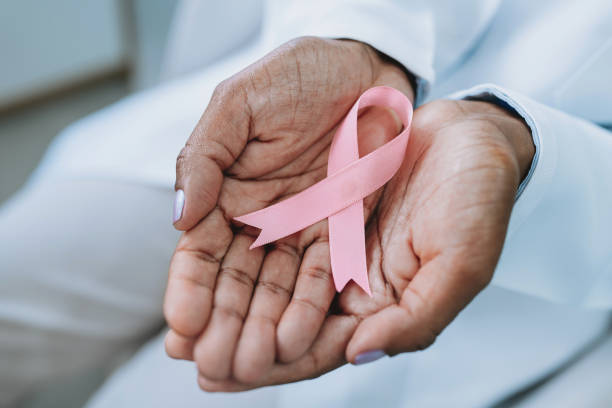Breast Cancer: Types and Key Symptoms
Breast cancer forms in the milk ducts (ductal carcinoma) or milk-producing lobules (lobular carcinoma). It is classified into several types, including invasive, inflammatory, recurrent, and metastatic breast cancer. HER2-positive breast cancer results from genetic mutations that promote uncontrolled cell growth. Symptoms such as lumps, nipple pain, and skin texture changes should not be ignored. Seeking early medical evaluation is key to improving treatment outcomes.
Breast cancer is a malignant disease that originates in breast tissue, typically in the cells lining the milk ducts (ductal carcinoma) or the lobules that produce milk (lobular carcinoma). Based on its characteristics, breast cancer can be classified into different subtypes, including:

1. Invasive Breast Cancer – The most frequently diagnosed type.
2. Inflammatory Breast Cancer – A rare but aggressive form.
3. Recurrent Breast Cancer – Occurs when cancer returns after treatment.
4. Metastatic Breast Cancer – The most advanced stage, spreading to major organs.
Understanding HER2-Positive Breast Cancer
HER2 (Human Epidermal Growth Factor Receptor 2) is a gene found in breast cells that regulates cell growth and repair. When HER2 becomes overactive due to a mutation, it leads to uncontrolled cell multiplication, resulting in HER2-positive breast cancer. This type of cancer is known to grow and spread faster, but targeted therapies can effectively manage it.
Symptoms to Watch For
Breast cancer can be hard to detect early, but recognizing these signs may help:
• Swelling in part or all of the breast
• Lumps in the breast or underarm
• Nipple pain, discharge, or inversion
• Changes in skin texture, including redness or scaliness
• Unexplained breast size changes
Consult a doctor if you experience these symptoms. Early detection leads to better treatment outcomes.